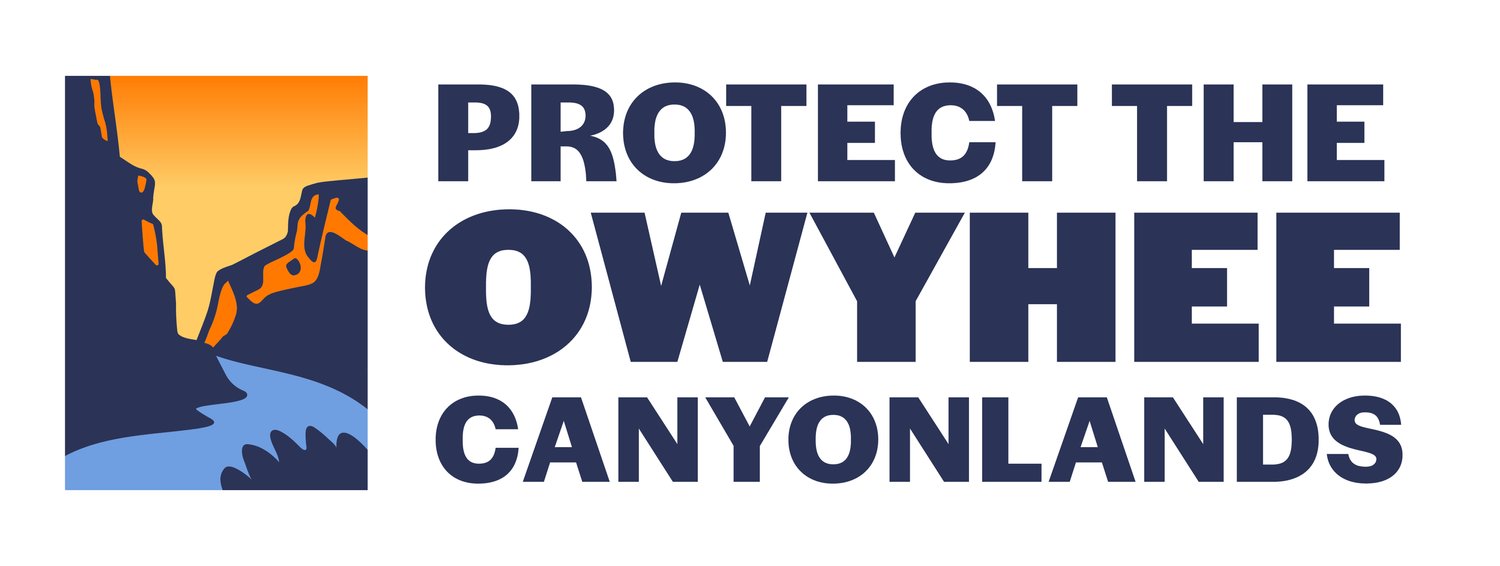Frequently Asked Questions
The effort to protect Oregon’s iconic Owyhee Canyonlands has been decades-long, but now it’s time for action. In 2024, let’s work together to secure permanent protection for the Owyhee — before it’s too late. To learn more, review some of the commonly asked questions about this effort.
-
The Owyhee Canyonlands is the largest conservation opportunity in the American West with millions of acres of wilderness quality lands and hundreds of miles of rivers and streams. But currently, only five percent of the Owyhee Canyonlands is permanently protected, leaving vast expanses—and the hundreds of native species that call the land home—vulnerable to looming threats of industrial development, climate change, unmanaged recreation, and more. With the Owyhee Canyonlands, we have the opportunity to manage and preserve an expansive, intact natural wonder before it suffers irreparable damage and degradation.
-
National monuments are designated to safeguard public lands and waters that have cultural, historic, ecological, or scientific importance and to ensure that future generations can enjoy and learn from these places. Since President Theodore Roosevelt signed the Antiquities Act into law in 1906, 18 Presidents—nine Republicans and nine Democrats—have used the authority granted by the act to safeguard public lands, oceans, and historic sites and share America’s story with future generations. Congress can also establish national monuments through legislation.
-
An Owyhee Canyonlands National Monument would:
Conserve the canyons, rivers, plains, and mountains included within the monument boundaries;
Protect native fish, wildlife, and their habitats;
Prevent industrial development and other activities that damage land and waters, fragment habitat, and harm fish and wildlife populations;
Protect sacred, historical, and cultural resources for the Bannock, Shoshone, and Northern Paiute people who have called the Owyhee home since time immemorial;
Ensure responsible, balanced recreation, from hiking to fishing to hunting; and
Support and grow the local economy, through jobs and economic activity generated by responsible outdoor recreation and tourism.
-
Following the designation of an Owyhee Canyonlands National Monument, the Bureau of Land Management (BLM) would develop a management plan with extensive public involvement and consultation, so anyone with an interest in the Owyhee Canyonlands can take part.
-
Yes. Visitors would still be allowed to hike, camp, raft, etc in a monument. Hunting and fishing would also still be allowed in a monument, and these activities would remain under the management of the state of Oregon.
-
Yes. Legally designated roads would remain open to the public, and improved management would reduce illegal off-road vehicle use and the damage caused by this activity.
-
No. National monument designations only apply to federally managed lands. The designation would not affect access to or use of land owned by others.
-
National monuments protect “existing rights.” This means that most public and commercial activities continue after monuments are established. These “existing rights” can include previously existing: oil and gas leases, valid mining claims, rights-of-way and utility infrastructure, commercial hunting and fishing, and livestock grazing. Many national monuments do limit or prohibit future oil and gas leases, mining claims, rights-of-way and utility infrastructure, and land disposal.
Domestic livestock grazing would still be allowed in a monument.
-
No. A national monument designation would not impact any existing use of water. In addition, a federal designation would not affect any allocation of existing water or water rights. Moreover, any designation would honor any valid existing rights-of-way.
-
Yes.
The BLM already has the ability to manage juniper and invasive weeds across the entirety of BLM-managed lands in Malheur County, which would continue after a monument is established.
The BLM and others would be allowed to fight fires in a monument just as they do today.
-
People from across the state of Oregon, and the entire country, have been advocating for the protection of the Owyhee Canyonlands for decades. A growing coalition is now coming together in support of this movement, from local residents to conservationists to hunters to recreationists to tribal members to business owners. Many organizations—from the smallest local organizations to the largest national organizations—have also joined the effort. These include, in alphabetical order:
American Whitewater
Conservation Lands Foundation
Environment America
Environment Oregon
Friends of the Owyhee
Great Basin Resource Watch
Great Old Broads for Wilderness
National Wildlife Federation
Oregon Chapter of the Sierra Club
Oregon League of Conservation Voters
Oregon Natural Desert Association
People of Red Mountain
Trout Unlimited
The Wilderness Society
-
Sign our petition and add your name to the growing list of supporters calling for permanent protection in 2024.
You can also show your support on social media by tagging @ProtectOwyhee on Instagram, X, and Facebook and using the hashtag #ProtectTheOwyhee.
-
Join the growing coalition of organizations, businesses, and individuals that are endorsing this effort if you haven’t already. By joining the coalition, your logo would eventually feature on the campaign website.
